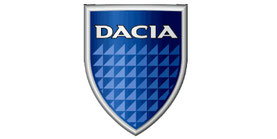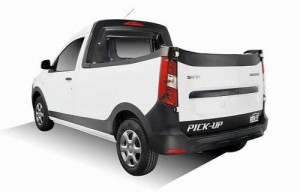
DACIA Car Manuals PDF & Wiring Diagram

History of Dacia Cars
Look above - DACIA Car Manuals & Electric Wiring Diagram PDF above the page.
The history of the Romanian car brand began in 1943, when the “Uzina de Autoturisme Pitesti” factory was founded, which initially produced aircraft engines.
Wartime had its own peculiarities, so – as in many other countries – industrial production was subordinated to the needs of the military.
However, it took the Romanians some time to launch a car factory, which became possible only with the help of Renault in 1968.
Then the construction of the factory in Pitesti was completed, and this was the beginning of a new path for Dacia.
The name “Dacia” comes from the former Roman province, which was located in the territory of modern Romania.
The first car with the Dacia logo rolled off the assembly line in 1968 and was the fruit of a licensing agreement signed at that time with Renault.
The Dacia 1100, as the car was called, was a modified version of the popular Renault 8, a small and inexpensive car “for the people”.
The car was gaining popularity, but the company did not stop there and already in 1970 introduced another model (Dacia 1300).
It was nothing more than a reworked version of the Renault 12, with a sedan body, a slightly larger trunk and an engine than its predecessor.
One of the last Dacia cars to be licensed by Renault was a car with the “Dacia 2000” marking.
It had, according to the established nomenclature, an engine with a capacity of over two liters and a manual 4- or 5-speed gearbox.
Interestingly, in Romania this car was not available to the average citizen. The car was reserved exclusively for high-ranking party officials and the secret services of the Ceausescu government.
In 1975-78, they also produced the Dacia D6 delivery model, modeled after the Renault Estafette – and that was the end of cooperation with the French.
